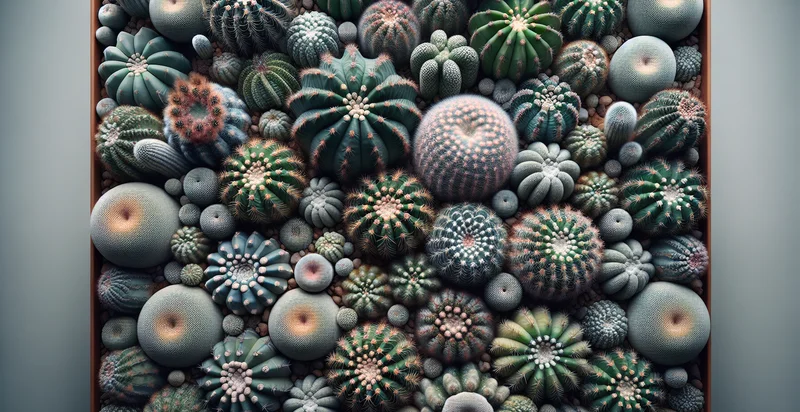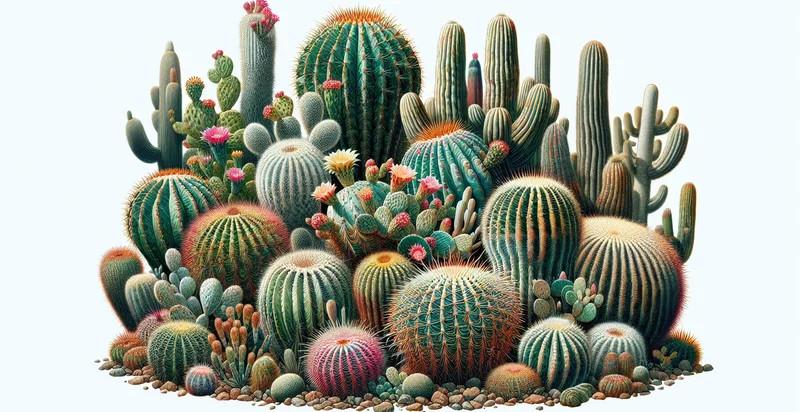Identify cactus species
using AI
Below is a free classifier to identify cactus species. Just upload your image, and our AI will predict what species of cactus it is - in just seconds.

Contact us for API access
Or, use Nyckel to build highly-accurate custom classifiers in just minutes. No PhD required.
Get started
import nyckel
credentials = nyckel.Credentials("YOUR_CLIENT_ID", "YOUR_CLIENT_SECRET")
nyckel.invoke("cactus-species", "your_image_url", credentials)
fetch('https://www.nyckel.com/v1/functions/cactus-species/invoke', {
method: 'POST',
headers: {
'Authorization': 'Bearer ' + 'YOUR_BEARER_TOKEN',
'Content-Type': 'application/json',
},
body: JSON.stringify(
{"data": "your_image_url"}
)
})
.then(response => response.json())
.then(data => console.log(data));
curl -X POST \
-H "Content-Type: application/json" \
-H "Authorization: Bearer YOUR_BEARER_TOKEN" \
-d '{"data": "your_image_url"}' \
https://www.nyckel.com/v1/functions/cactus-species/invoke
How this classifier works
To start, upload your image. Our AI tool will then predict what species of cactus it is.
This pretrained image model uses a Nyckel-created dataset and has 26 labels, including Astrophytum Asterias, Barrel Cactus, Bunny Ears Cactus, Cactus Flower, Carnegiea Gigantea, Cholla, Christmas Cactus, Crested Cactus, Cylindropuntia and Echinocactus Grusonii.
We'll also show a confidence score (the higher the number, the more confident the AI model is around what species of cactus it is).
Whether you're just curious or building cactus species detection into your application, we hope our classifier proves helpful.
Related Classifiers
Need to identify cactus species at scale?
Get API or Zapier access to this classifier for free. It's perfect for:
- Botanical Research Tool: This function can aid researchers and botanists in accurately identifying various cactus species during field studies. By automating the classification process, it allows scientists to focus on data analysis rather than manual identification, increasing efficiency in research projects.
- Eco-Tourism Guide: Eco-tourism companies can leverage this image classification function to enhance their guided tours in regions known for diverse cactus species. By providing tourists with the ability to identify and learn about local cacti directly through an app, companies can enrich the visitor experience and promote conservation awareness.
- Agricultural Monitoring: Cactus farmers can use the classifier to monitor and manage different cactus species in their cultivation areas. By accurately identifying species, farmers can better tailor care practices, track growth patterns, and optimize yield.
- Educational Tools: Schools and universities can incorporate this tool into their biology curriculum. By allowing students to identify cactus species through images, it enhances learning materials and engages students in interactive botanical studies.
- Conservation Efforts: Environmental organizations can utilize the image classification function to track the populations of various cactus species and assess their conservation status. By identifying species accurately, organizations can prioritize efforts and resources for species at risk of extinction.
- Landscape Design Assistance: Landscape architects can use the cactus species identifier to select appropriate cactus species for landscaping projects. This tool enables professionals to create aesthetically pleasing and sustainable designs while considering the environmental requirements of each species.
- E-Commerce Solutions: Online retailers specializing in cacti can implement this classification function to provide customers with better product categorization. By enabling users to identify different cactus types through images, retailers can enhance user experience and facilitate informed purchasing decisions.


